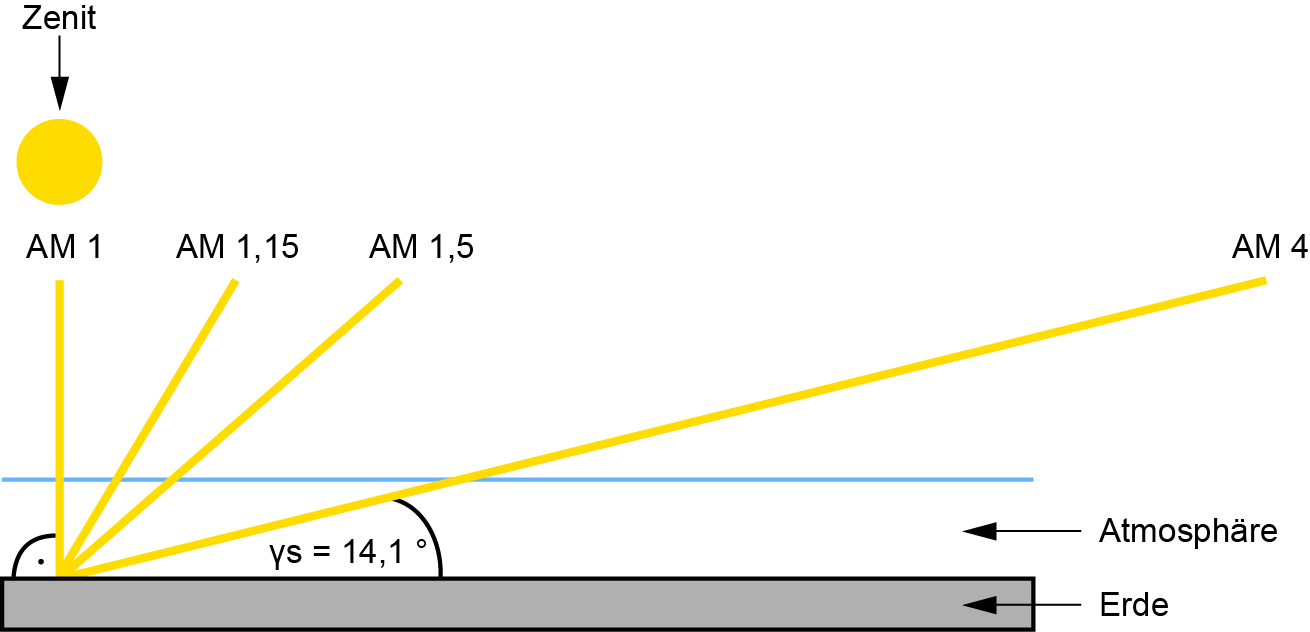
Source: Britannica
The Significance of Air Mass in Solar Energy
When we talk about solar energy, one important factor that comes into play is the concept of air mass. Air mass is the path length that light travels through the Earth’s atmosphere, normalized to the shortest possible path length when the sun is directly overhead.
Understanding Air Mass
The air mass quantifies the reduction in the power of light as it passes through the atmosphere and gets absorbed by air and dust. It is defined by the angle from the vertical (zenith angle). When the sun is directly overhead, the air mass is considered to be 1.
Calculating Air Mass
One way to calculate the air mass is by considering the angle from the vertical position. Another method is by determining the length of the hypotenuse divided by the object’s height using Pythagoras’s theorem. This gives us the air mass value.
Impact on Solar Spectrum
The air mass has a significant impact on the solar spectrum. The efficiency of a solar cell is influenced by variations in both the power and the spectrum of the incident light. To standardize comparisons between solar cells measured at different times and locations, a standard spectrum and power density have been defined for both radiation outside the Earth’s atmosphere and at the Earth’s surface.
Intensity Calculations
The intensity of sunlight can be determined based on the air mass. The intensity of the direct component of sunlight throughout the day can be calculated using specific equations. The spectral content of sunlight changes with the height above sea level, affecting the intensity of sunlight.
Conclusion
Understanding the concept of air mass is crucial in the field of solar energy. It plays a vital role in determining the efficiency of solar cells and the intensity of sunlight reaching the Earth’s surface. By considering air mass in solar energy applications, we can better optimize the use of solar power for various purposes.

Source: EnArgus
Feel free to comment your thoughts.
